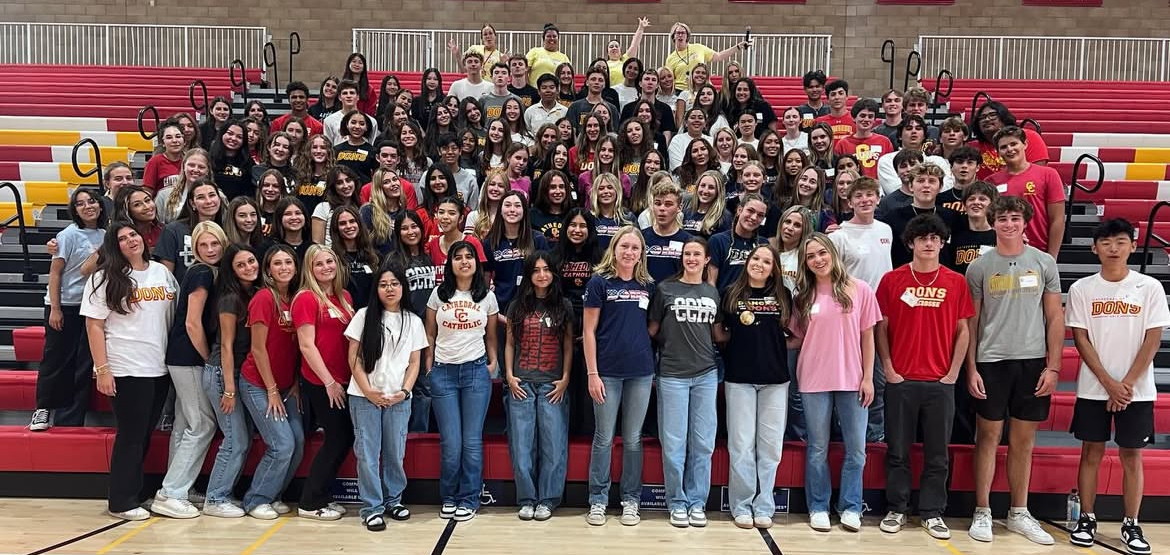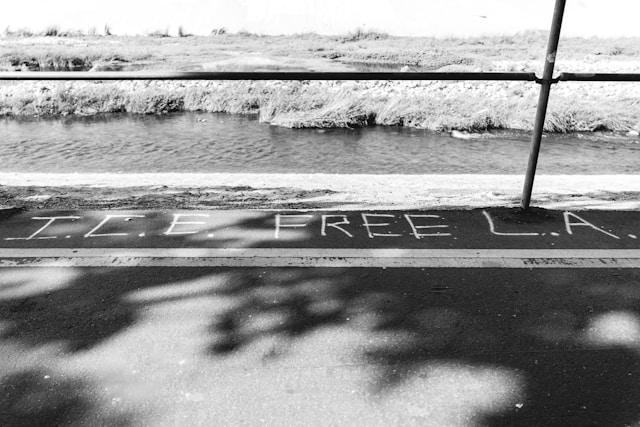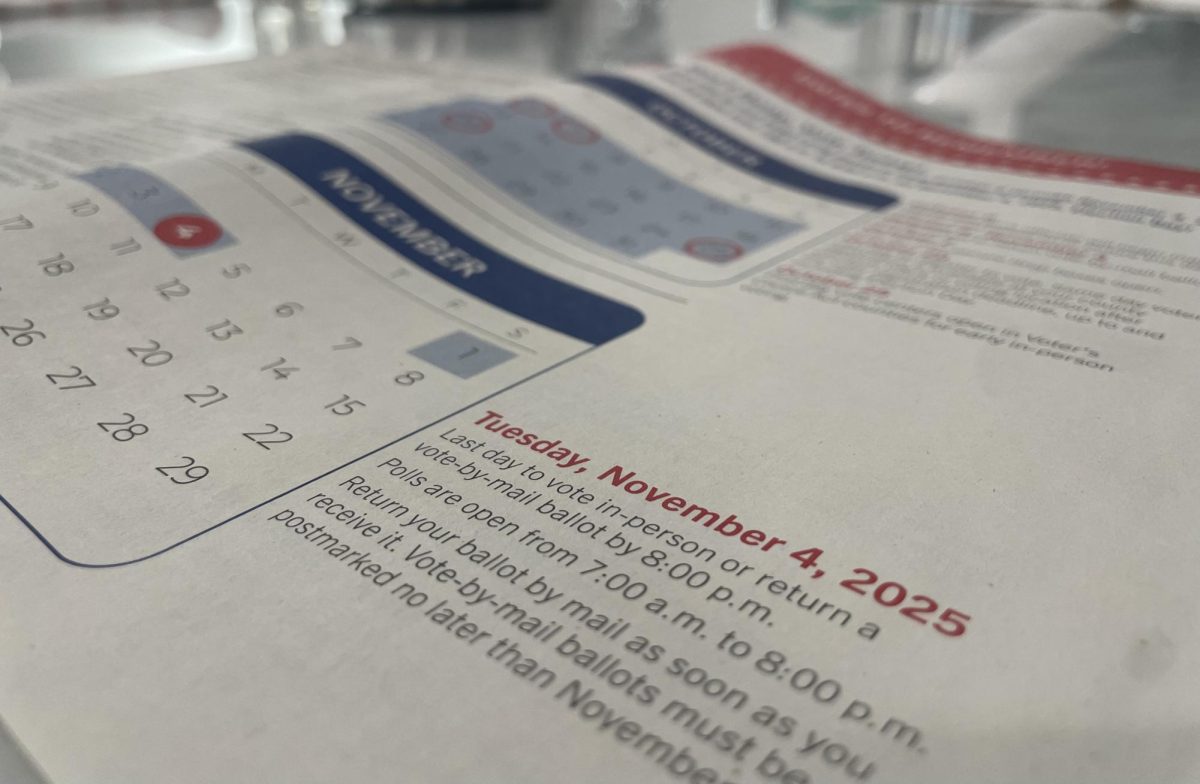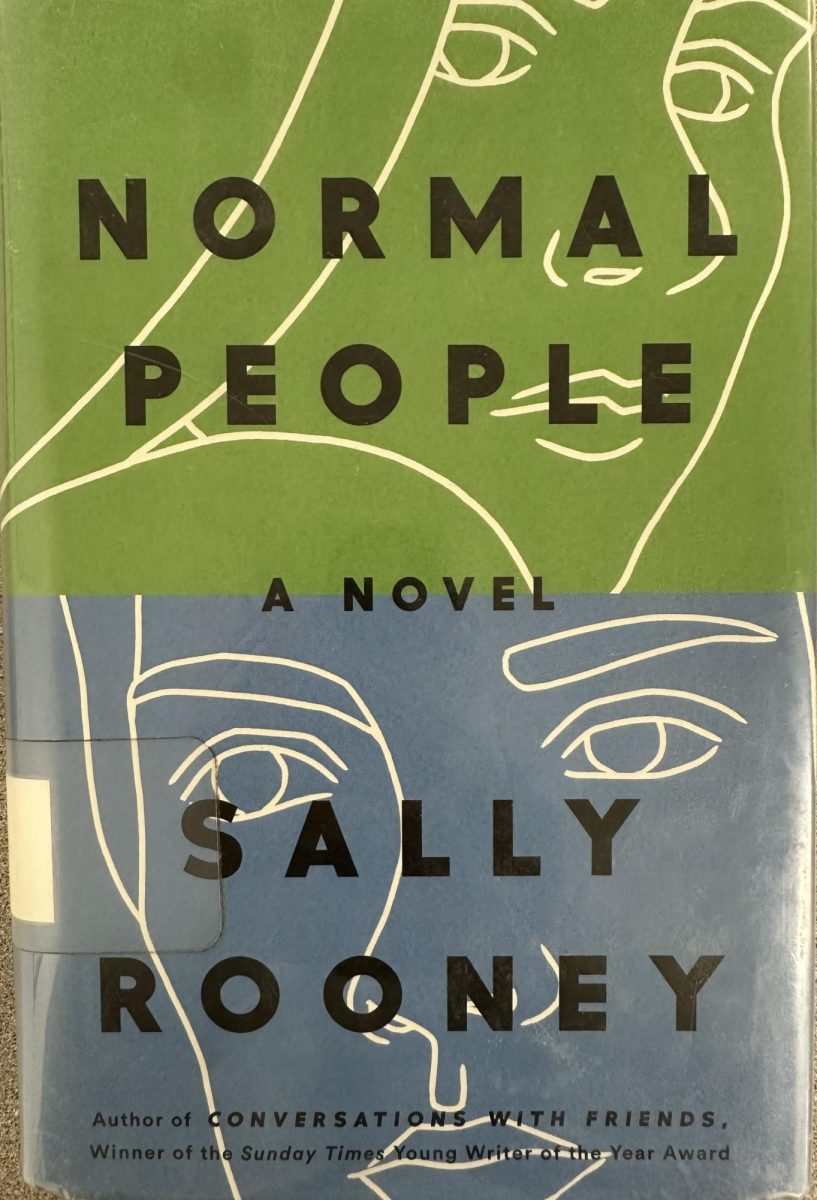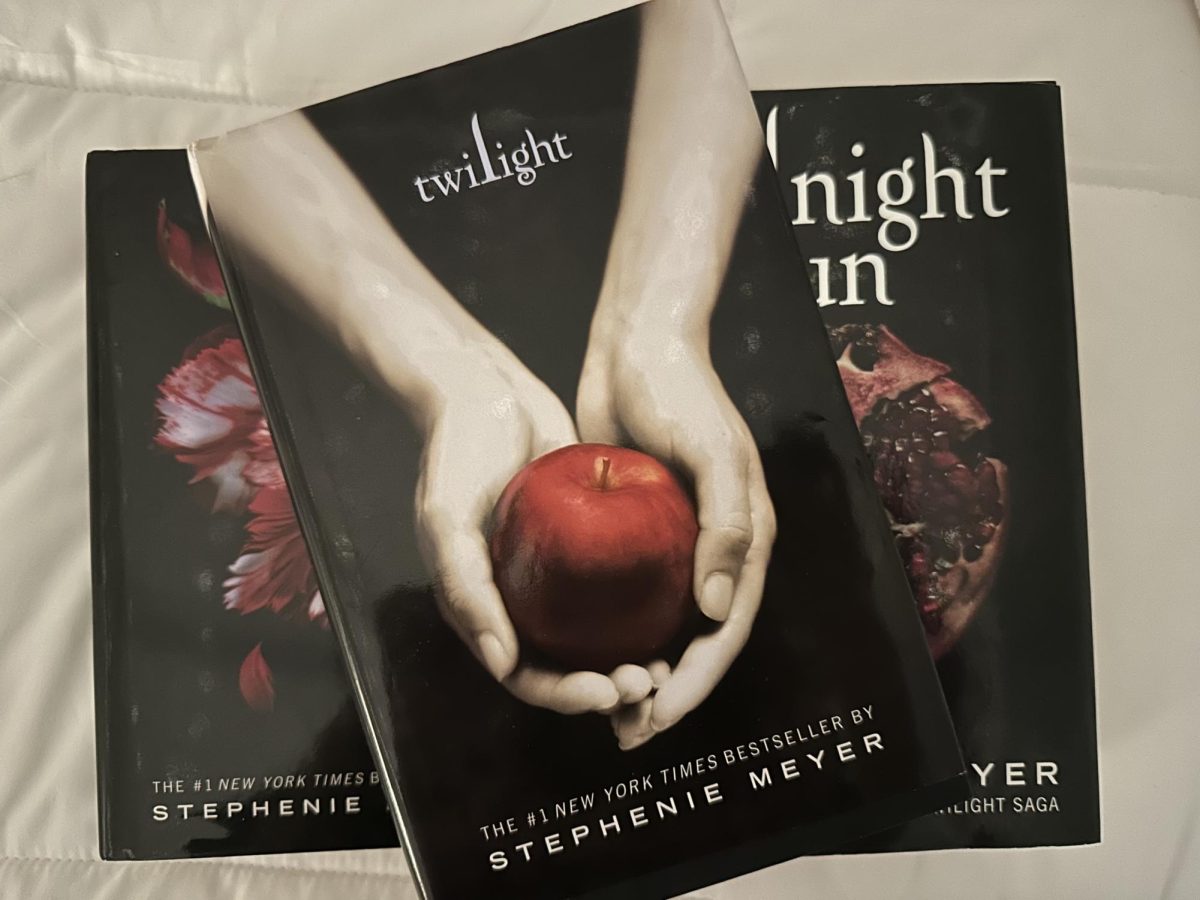Although secondhand bartering has existed for centuries, thrift shops are a relatively new form of shopping. In the 19th century, when a new wave of immigrants flooded the United States looking for new opportunities and the Industrial Revolution’s mass production of clothes made them more affordable (and at the same time, more disposable), thrift stores began to grow in popularity.
However, since the beginning of thrifting, there has been a stigma towards purchasers and retailers of secondhand clothing. According to Olivia Waxton of Time Magazine, “Not only were the items themselves a sign of a lack of money, but there was also bias against the people selling them… [because] used clothes were often available from pushcarts predominantly started by Jewish immigrants, whose professional options were often constrained by anti-Semitism.”
The thrifting industry has dramatically changed since those pushcarts. In 2025, according to Brigitte Thomas of Ibisworld, thrifting has grown to a 14.2 billion dollar industry in 2024, a far cry from the pushcarts and Salvation Army shops of the past.
In the 1960s, luxury thrifting came to be, and with it, higher prices. Websites such as the Real Real have emerged to fit that gap in the market. The thrifting industry’s pricing has raised eyebrows in recent years, especially with the rise in online thrifting on sites such as Depop, Poshmark, and Vinted.
According to the Depop newsroom, Depop has “approximately 35 million registered users and 34+ million items available on the site.” Price gouging for ‘vintage’ and ‘y2k’ items often sold for 400% increases of what they were bought for are common on the app.
When Sabrina Carpenter’s 25th birthday dress was purchased on Depop from a reseller who listed a pair of Forever 21 shorts for over $100, concerns over pricing bubbled over. According to Jenn McMillen of Forbes, “resellers are flooding marketplaces such as Poshmark with a wide range of goods and prices. This product saturation will likely cause prospective buyers to throw up their hands and give lowball offers, because they have no idea of the item’s value. There’s simply TOO MUCH to research and haggle over.”
The oversaturation of resale markets and immediate price gouging when a fashion trend such as Chloe Paddington bags appears, is one of the many issues of thrifting.
Hopefully, as the fast-fashion industry continues to grow, resellers and consumers alike will focus on the true beauty of thrifting- finding great items and helping fashion become more circular, one accessory, shirt, or cute pair of jeans at a time.

